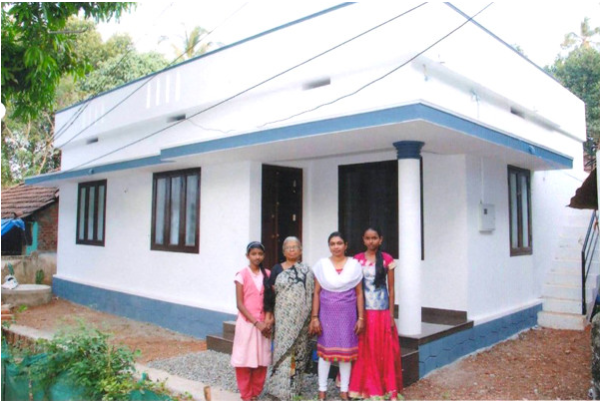For many, owning a home is a personal milestone that indicates true financial independence. However, to become a homeowner, you require strong financial backing owing to the high cost of real estate in most major Indian cities. That said, with government initiatives for affordable housing and lucrative home loans, this high expense is a little easier to foot. You can make this milestone purchase even more affordable when you opt for a joint home loan with your spouse or a family member. This is because not only can you share repayment, but you can also get the loan on favourable terms.
What’s more, with a joint home loan, all borrowers involved can claim deductions under the IT Act as long as they’re also co-owners of the property, and construction of the property is complete. So, to ensure that you claim the maximum tax benefit on a joint home loan, take a look at the 4 deductions that you and your co-borrower should look into.
Claim deductions under Section 80C in lieu of principal payment
Section 80C of the IT Act is one through which you, as a taxpayer with a joint home loan, can claim up to Rs.1.5 lakh as a deduction based on your principal payment for the given financial year. This amount can be claimed by all borrowers involved and the split is based on the ratio in which each co-owner is servicing the loan.
By claiming deductions under Section 80C for stamp duty and registration payments
When making joint home loan payments, you can claim deductions for registration and stamp duty payments too, provided you make the payment jointly. This can be claimed by all the co-owners involved, however, note that this is part of the Rs.1.5 lakh deductions limit under Section 80C. Also remember that these expenses can only be claimed in the year that they are incurred.
By claiming deductions under Section 24B for interest payment
Under Section 24B of the IT Act, you can claim deductions up to Rs.2 lakh for interest payments made toward the joint home loan. Similar to the principal payment deduction, here the split is calculated based on proportion in which co-owners service the home loan.
By claiming additional deductions under Section 80EEA for interest payments
As per Section 80EEA, you can enjoy an additional deduction on joint home loan interest payments of up to Rs.1.5 lakh. However, for this to apply, the property in question should fall under the affordable housing category with stamp duty value not exceeding Rs.45 lakh. Moreover the loan must be sanctioned in the names of both co-owners, and you must both be first-time homeowners. While earlier this deduction was available for loans taken between 1 April 2019 and 30 March 2020, as per Budget 2020, you can avail a home loan for affordable housing up to 30 March 2021 and avail these benefits.
Armed with this knowledge, make sure that you keep your tax outgo to a minimum and make the best use of a joint home loan. Also, remember that the ratio in which you can claim tax benefits depends on the ratio in which co-owners service the loan. This in turn is typically determined at the time of purchasing the property. Once the ratio is decided upon, it’s best to prepare an MOU stating these details. Additionally, be sure to service the loan throughout the tenor in the same manner, without any changes to the ratio, so as to avoid any trouble with the tax authorities.
On the other hand, if you’re still planning a home purchase, consider assistance from a Bajaj Finserv Home Loan. Here, you can get financing up to Rs.3.5 crore at an attractive home loan interest rate and also gain access to other features like a flexible tenor up to 30 years, interest subsidy under PMAY, and property search services. Additionally, you can also access to a high-value top-up loan that you can use to meet other financial obligations. To get started today, check your eligibility using the home loan eligibility calculator and fill the online application form thereafter.





